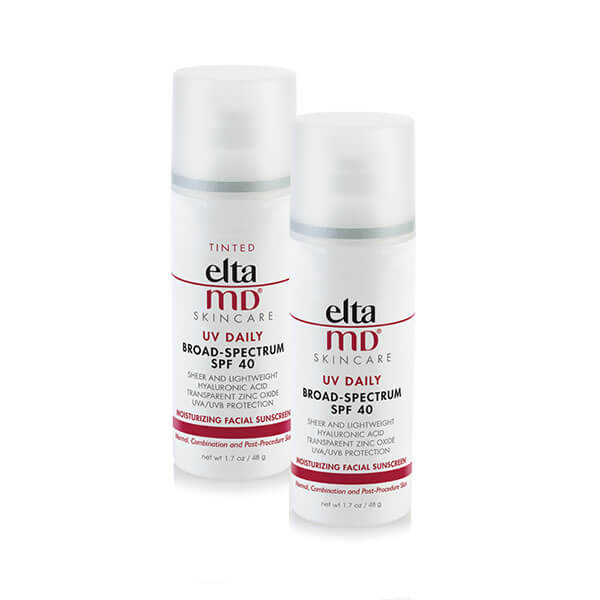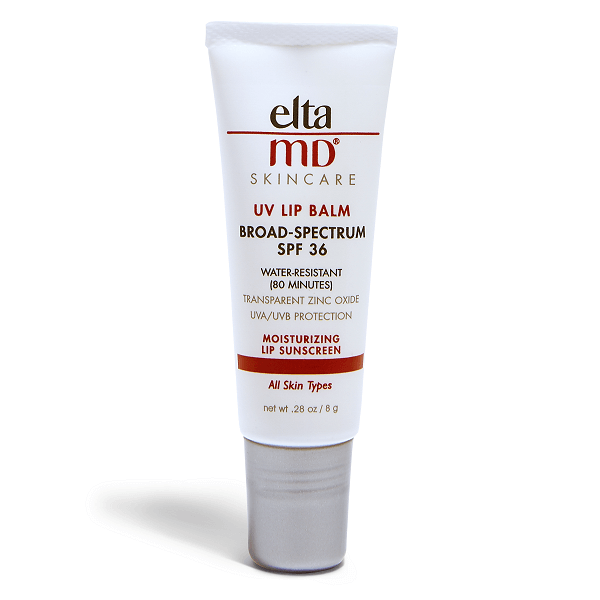Safeguard Your Skin from Skin Cancer
Skin Cancer Cases Are Rising. Reduce Your Risk.
 Skin cancer is the most common cancer in the United States, with millions of cases diagnosed each year. It is also one of the most preventable cancers and highly treatable when found early. It is currently estimated that one in five Americans will develop skin cancer in their lifetime.
Skin cancer is the most common cancer in the United States, with millions of cases diagnosed each year. It is also one of the most preventable cancers and highly treatable when found early. It is currently estimated that one in five Americans will develop skin cancer in their lifetime.Basal cell carcinoma and squamous cell carcinoma are the most common forms of skin cancer and are collectively referred to as non-melanoma skin cancers. These arise within the top layer of the skin and can appear on any sun-exposed area of the body, but are most frequently found on the face, ears, bald scalp, and neck.
Melanoma is the deadliest form of skin cancer due to its metastatic potential. It is responsible for more than seventy-five percent of skin cancer deaths, with nearly twenty Americans dying from melanoma every day. Due to the multifactorial nature of melanoma, it can affect all skin types and occur anywhere on the body. Melanoma is also one of the most common forms of cancer in young adults. It therefore represents a significant public health problem, especially with respect to years of life lost.
For these reasons, skin cancer prevention is your best defense. It is important to know the risk factors and have a Total Body Skin Exam once a year by a board-certified dermatology professional.
Melanoma is the deadliest form of skin cancer due to its metastatic potential. It is responsible for >75% of skin cancer deaths, with nearly 20 Americans dying from melanoma every day.
Know the risk factors.
No matter your age or skin type, everyone is at risk for skin cancer. Although genetic risk factors contribute to a person's skin cancer risk, most skin cancers are believed to be caused by a combination of genetic factors and exposure to UV radiation, from the sun and from artificial sources such as indoor tanning. By reducing intentional UV exposure and increasing sun protection, many skin cancer cases can be prevented.
The recognition of additional risk factors for the development of melanoma is important from a public health and clinical care perspective. One blistering sunburn during childhood or adolescence can nearly double a person's chance of developing melanoma. Other risk factors for melanoma include having a light complexion, light eyes, blonde or red hair, heavy freckling, and a tendency to tan poorly and sunburn easily. Large numbers of common nevi, the presence of large nevi, and the presence of clinically dysplastic lesions all increase the risk of melanoma.
Safeguard your skin.
Pinnacle Dermatology is dedicated to the prevention, early detection and treatment of skin cancer, which is why we offer an annual Total Body Skin Exam to every patient we treat. At your Total Body Skin Exam, we will discuss your risk factors, methods for prevention and review all areas of your skin. Best of all, our Total Body Skin Exam may be available at no charge or with minimal copays, depending on your health insurance plan.
To reduce your risk, schedule your appointment for your Annual Total Body Skin Exam today.
What to Expect During Your Total Body Skin Exams
Featured Products

EltaMD UV Daily SPF 40 original
Serious UV protection and superior hydration join forces in this sheer facial sunscreen. EltaMD UV Daily has hyaluronic acid to boost moisture retention and diminish fine lines. This lightweight moisturizer with UV protection can be worn alone or under makeup. Choose from tinted and untinted formulas for use every day.

EltaMD UV Lip Balm SPF 36
This creamy, long-lasting moisturizing sunscreen soothes and protects dry, chapped and sun-exposed lips. EltaMD UV Lip Balm contains 5% Hydromanil™ for immediate and long-term moisturization. Powerful UV protection and a super hydrating power make UV Lip Balm the ideal protector for all skin types and lifestyles.



